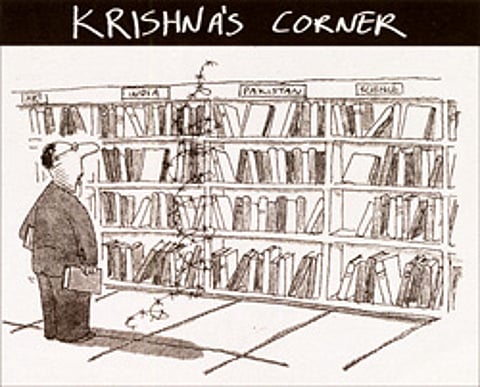Two hands to clap
In his comparatively recent and strikingly honest book Rescuing the Future: Bequeathed misperceptions in international relations, India's former foreign secretary, Jagat Mehta, points out that no other mainland region of the world has such natural interdependence as what he calls "the sub-Himalayan sub-continent". So SAARC could be a particularly effective regional cooperation organisation; but it isn't. Whilst in Southeast Asia, Europe and North America, regional cooperation is the name of the economic game, in Southasia inter-regional trade and investment is a sorry story of missed opportunities. As for interregional communications essential for economic cooperation, they are almost nonexistent. There have been small improvements here and there. The Kashmir buses and the recently introduced train between Calcutta and Dhaka are two examples. But there are still no transit facilities for Indian goods and passengers across Bangladesh, and no passenger sea-links between India and Sri Lanka. Those air services between Southasian countries that do exist would be wholly inadequate for a region in which trade and tourism were flourishing.
So what is the reason for SAARC's inactivity? It is all too simple to blame Partition. While it does cast a long shadow over relations between India and Pakistan, the residual scars of Partition in Bangladesh should have been healed by India's support for its independence. Why should Partition affect India's relations with the other Southasian countries? When British India was being partitioned, Europe had barely begun to recover from the Second World War. Now, the European combatants are members of a union of states. There were histories of hostility among the Southeast Asian countries, which had to be overcome before the members of ASEAN trusted each other.

